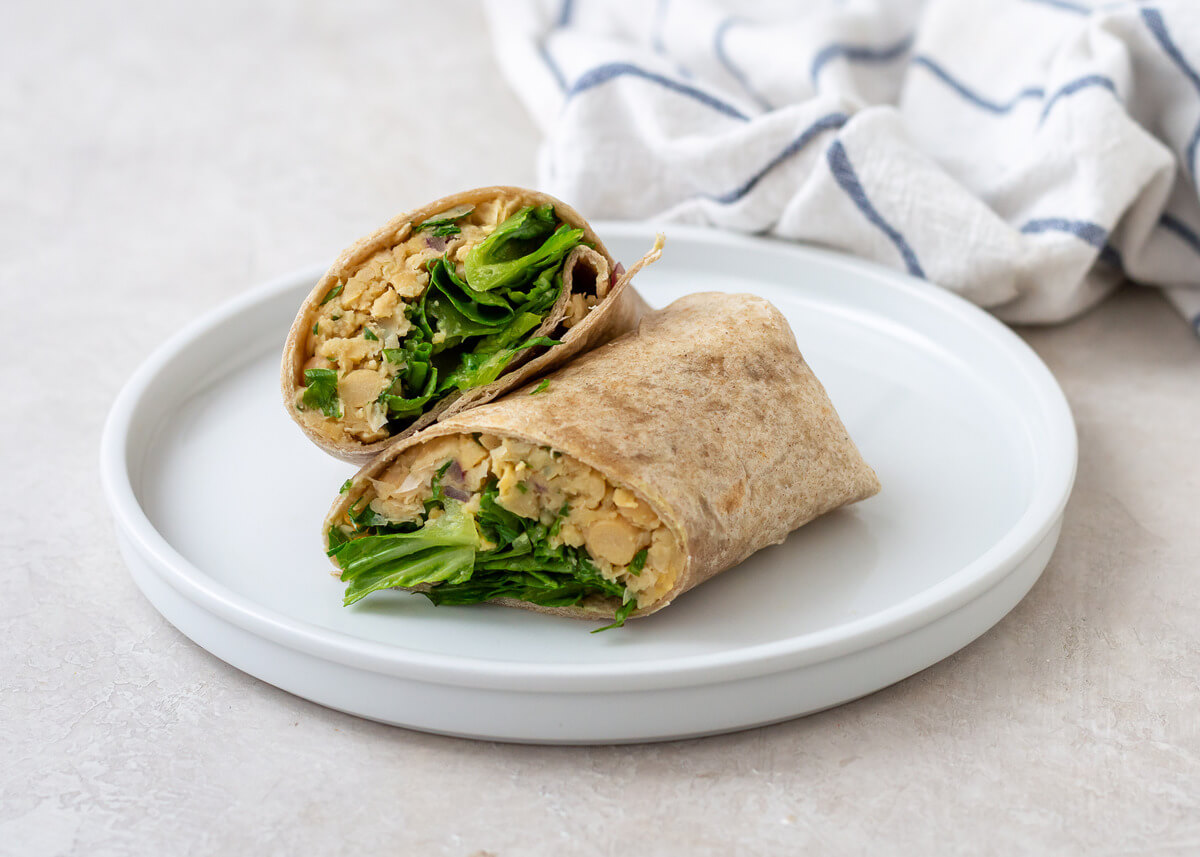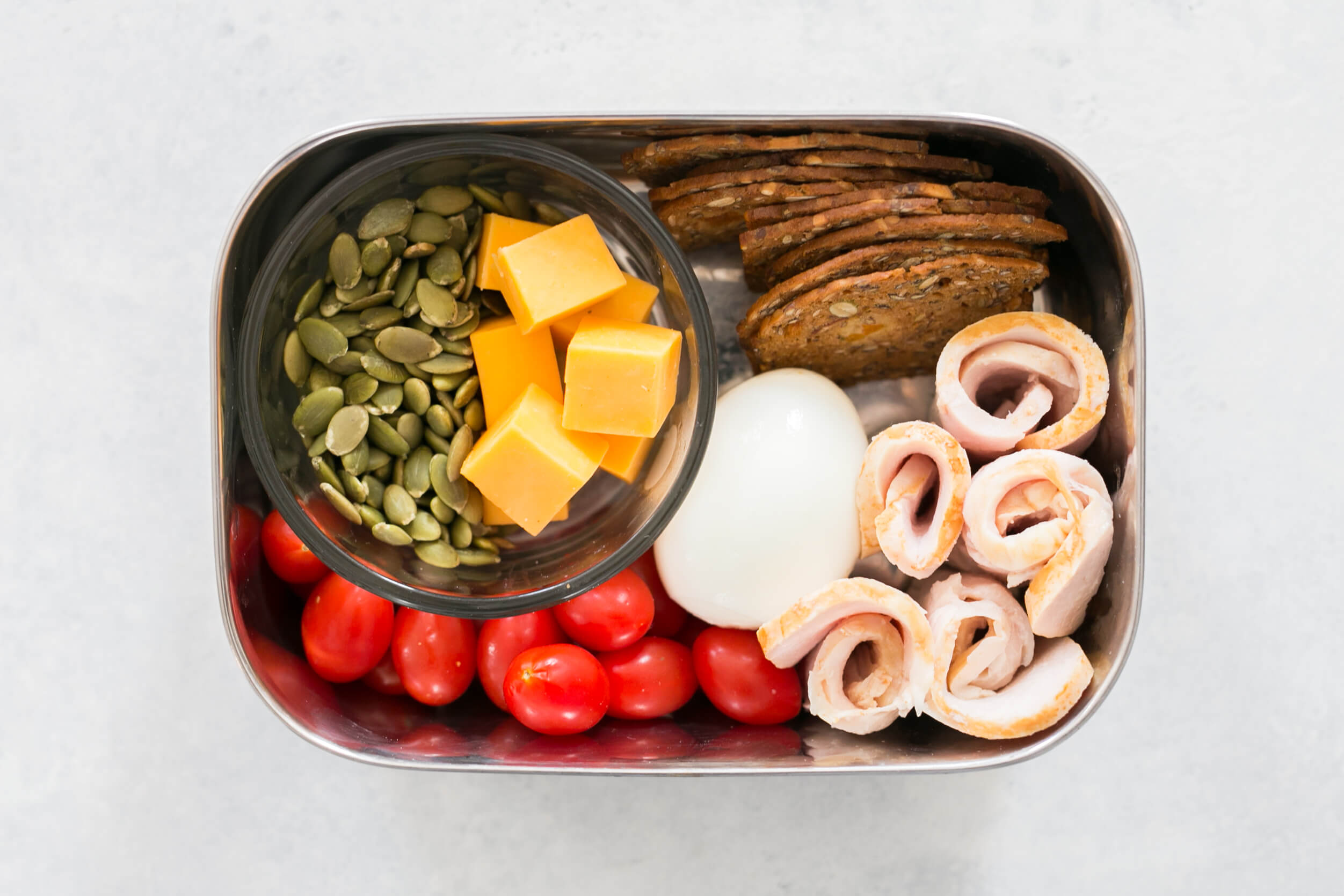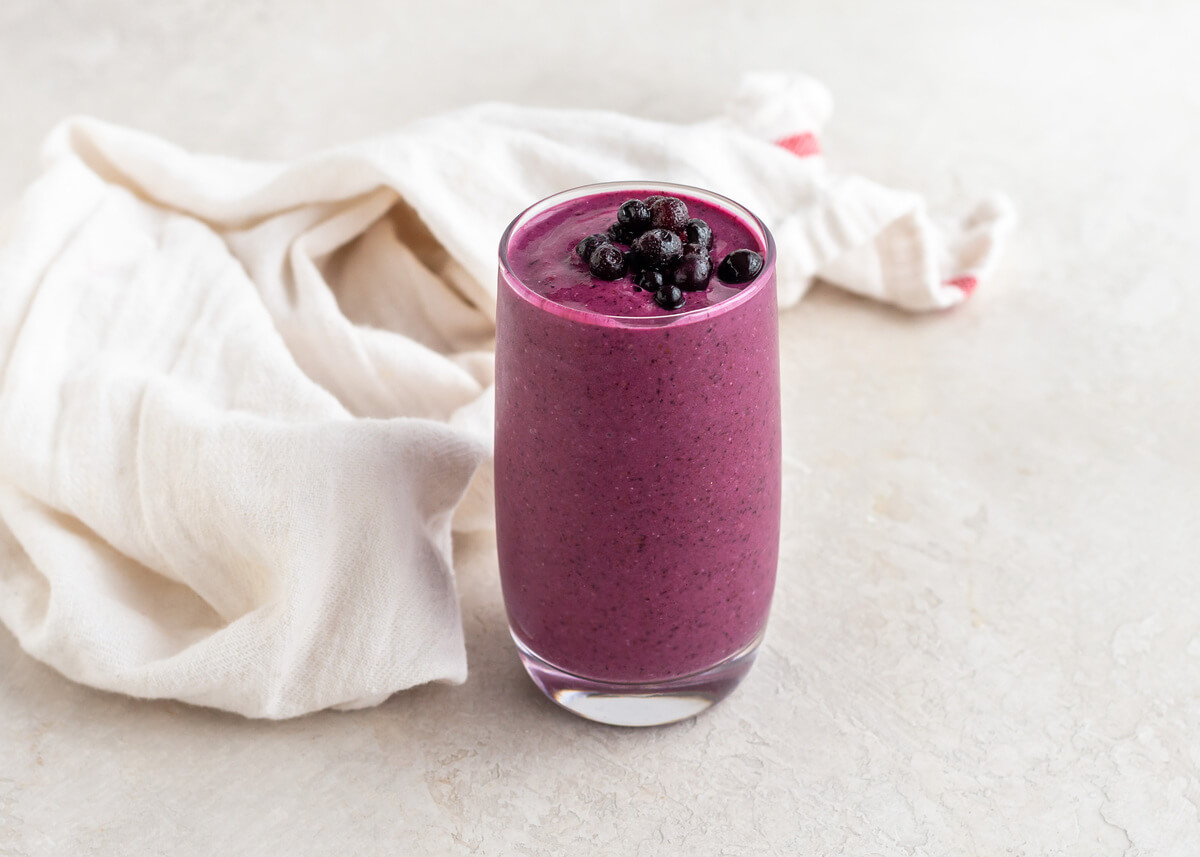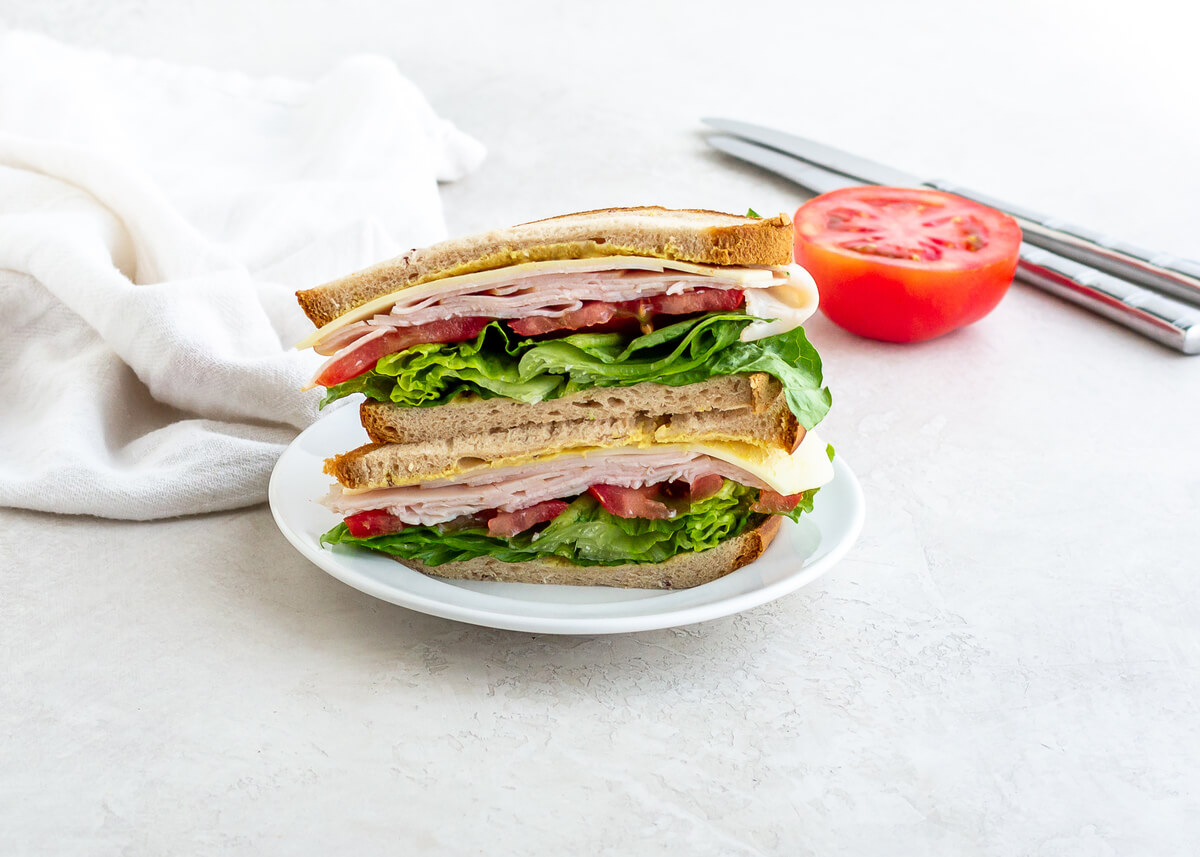
The first step to creating an effective meal plan that a student athlete will love to follow is to conduct a meal planning assessment. Taking the time to talk to your client upfront about things like their schedule, skills, current diet, likes, dislikes, and specific eating patterns will help you better understand their needs.
Tip: Download our free Meal Planning Assessment Tool here.

Research also shows it is helpful to have your client keep a food journal. This can help you better understand their eating times and identify missed eating opportunities, which you can then factor into your nutrition plan.
Tip: Learn how to get your clients to fill out their food journals consistently and accurately here.
Here are the key things you should consider when it comes to creating a nutrition plan for student athletes.
It is important to ensure your nutrition plan helps the student athlete eat enough calories to decrease fatigue and minimize the risk of injury. Eating enough calories also enables athletes to optimize training and recover faster. If an athlete does not get enough energy, it can result in altered protein metabolism and poor recovery.
Energy requirements for adolescents vary depending on age, activity level, growth rate, and stage of physical maturity. Caloric needs can range between 2,200 to 3,000 calories/day but can be even more depending on the athlete's training schedule and exercise intensity.
Paying close attention to calories might not be a good fit for every client as research shows it could become an obsessive habit and turn into an unhealthy focus on food and amounts. Instead, providing resources such as a meal plan or recipe book with higher calorie meals and snacks can take the pressure of student athletes to find the right food choices and help them reach their energy goals.
Tip: Estimate the energy expenditure of a student athlete by using prediction equations. For a more accurate estimate of personal resting metabolic rate, consider using indirect calorimetry.
Macronutrients (carbohydrates, protein, and fats) provide the fuel for physical activity and sports participation.
An ideal diet for student-athletes comprises over 40% carbohydrates, 10% to 30% protein, and over 25% fat. When teaching student athletes about macronutrient distribution, you can use the Health Eating Plate Model as a guide and change the proportions of the plate depending on your client's macronutrient goals. Student athletes should understand what good food choices are for each macronutrient category to help them make swaps in their nutrition plan.
Tip: Use That Clean Life's Automator feature to create a plan based on your client’s calorie and macronutrient goals.

Timing of food consumption is important to optimize performance. A pre-workout meal one to two hours before training should include protein to maintain or even increase muscle size and prevent muscle damage, and complex carbohydrates from like steel-cut oats or sweet potatoes to provide a slow-release of sugars throughout the workout. The pre-workout or pre-game meal can be moved up to be three to four hours before activity depending on your client's gastrointestinal tolerance and type and length of activity. Foods higher in fat and fiber will slow down digestion and can cause stomach distress if eaten too close to competition time.
Recovery time is also crucial and the window of opportunity depends on the type of exercise. For example, the window to refuel is up to two hours in strength training and up to 30 minutes after cardio exercise to replenish energy stores. A protein shake or protein-rich meal within two hours will give your client's body what it needs to build lean muscle and carbohydrates help replenish glycogen stores and prevent muscle soreness.
Tip: Use That Clean Life to create a weekly meal plan that uses meal timing and reflects your client's schedule.
Many vitamins and minerals are required for good health, but calcium and iron are particularly important for athletes.
Calcium is important for bone health, normal enzyme activity, and muscle contraction. Research shows that getting enough calcium increases bone mineral density and can reduce the incidence of stress fractures. The daily recommended intake of calcium is over 1000 mg/day. Your nutrition plan for student athletes should include calcium-rich foods such as fortified milk and grain products, coconut yogurt, almond butter, and tofu.

Iron is critical to optimal athletic performance because of its role in energy metabolism, oxygen transport, and acid-base balance. During adolescence, more iron is required to support growth, increases in blood volume, and lean muscle mass. Adolescents 14 to 18 years of age require up to 11 mg/day for males and 15 mg/day for females. Research shows that rapid growth combined with sports participation may create high demands for iron bioavailability and can lead to low iron levels, particularly for young females athletes. Your nutrition plan for student athletes should include iron-rich foods like eggs, leafy green vegetables, seeds, fortified whole grains, and lean meat.
Tip: Use That Clean Life's filters to easily find recipes high in calcium and iron.

Fluids help to regulate body temperature and replace sweat losses during exercise. When calculating a student athlete’s fluid needs, you should consider body weight, calories consumed, exercise intensity and duration, sweat losses, and the environment including temperature and altitude. If your client participates in events lasting longer than 60 minutes or exercises in hot, humid weather, sports drinks containing carbohydrates and salt are recommended to replace energy stores and electrolyte losses.
Even mild dehydration can affect an athlete's physical and mental performance and the volume of fluid consumed is more important than the type of fluid. You can work with your client's taste preference to find options that keep them hydrated. Some young athletes may lack the motivation to drink enough fluid, so it's crucial to provide simple, easy-to-understand education on how and why to optimally hydrate around exercise and potentially involve parents to help increase compliance.
Tip: Use the "smoothie" and "drink" filters within That Clean Life to find awesome hydration ideas.

Research has shown that meal preparation is positively associated with better diet quality, including meeting dietary objectives for fruit, vegetables, and whole grains and having a lower intake of fast food. However, due to their busy schedules and minimal food skills and equipment, many students turn to ready meals, take-out, and eating out to save time and money. To keep student athletes motivated, you should keep recipes simple when creating a meal plan. Some factors that go into selecting recipes for a client’s plans should be time, number and accessibility of ingredients, and ease of preparation and clean-up.
Tip: Use the time and number of ingredient filters within That Clean Life to find easy recipes for student athletes that require few ingredients and a minimal amount of time.
Young athletes are motivated to learn and improve diet behaviors and can greatly benefit from sports nutrition education. Research shows that parents and athletes require education in selecting the appropriate type, quantity, and quality of food as well as the timing of food consumption.
It is essential to explain to student athletes why you have included particular meals on the plan. Ensure the education is easy to understand and highlights how nutrition and food timing can optimize performance.

Tip: Check out That Clean Life's Student Athlete Program and Plant-Based Student Athlete Program. Both come with a meal plan, grocery list, recipes, prep guide, and supporting evidence. These plans have been carefully designed to ensure proper energy consumption, macronutrient distribution, and fluid intake, calcium, and iron.